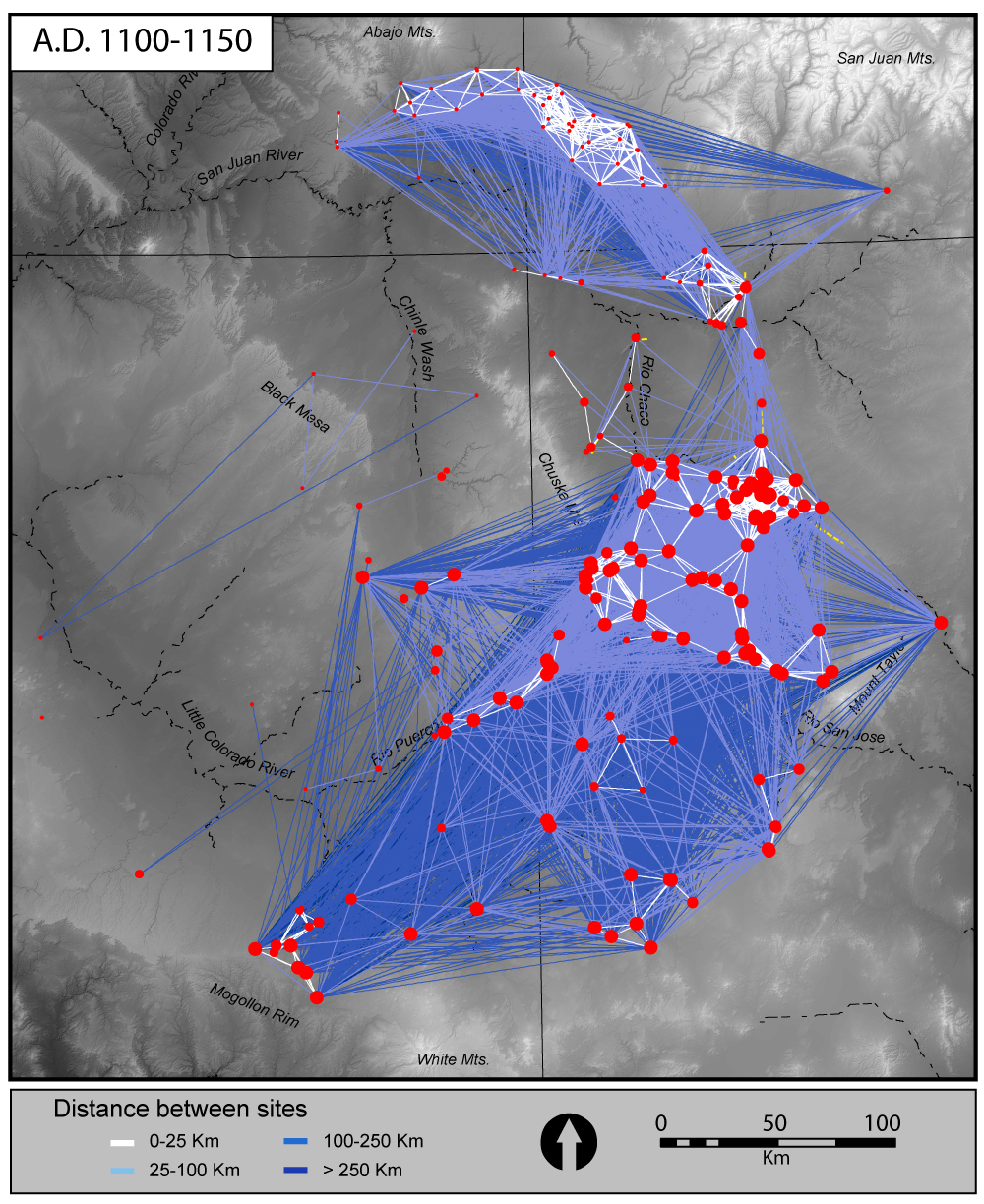

- Data analysis programs archaeology full#
- Data analysis programs archaeology verification#
- Data analysis programs archaeology professional#
In order to inform and interest a broad audience in the project, Goldstein posted information on the task force on both Twitter and Facebook, and this information was widely shared. This request resulted in additional qualitative data that we incorporated into our analysis, as well as suggested refinements of and changes to our original hypotheses. Task force members presented some preliminary hypotheses and asked forum participants to comment and add to these.

In 2014, the task force presented the plans for this study in a Forum at the SAA annual meeting. Ashley Kendell (Michigan State University) conducted this work.Ĭollection of publicly available data was accomplished by: (1) downloading available data on all archaeology-related NSF grants (2) downloading available grant data from the NEH website and (3) cleaning and coding the NSF and NEH data for a variety of attributes.
Data analysis programs archaeology verification#
A lot of data cleaning and verification was required, so it made most sense to focus on one year, particularly since it was not significantly different than the previous years. The AAA allows a lot of individual flexibility in responses, creating inconsistencies that make summary and comparison difficult. The demographic data based on the AAA Guide that is included in this report comes from the 2011 data. For the SAA data, information is further broken down by age ranges and employment setting. The AAA provided all data for 2008, 2009, 2010, and 2011, and SAA has provided their 20 data summaries. (and comparison to earlier SAA data published by Zeder, 1997). One of the task force’s first steps was an examination of the SAA’s membership surveys from 20 and the AAA’s Guide to Departments data to determine the current employment situation for archaeology Ph.D.s in the U.S.
Data analysis programs archaeology full#
The AAA Guide is also the only source of data on ranks within academic settings member surveys for organizations have not generally asked whether the individual is an assistant, associate or full professor, for example. Given that most NSF, NGS, NEH, and other granting agencies award grants primarily to university faculty and staff, this database should provide the most relevant group for the questions the task force was asked to address. Nonetheless, the AAA Guide to Departments of Anthropology is the most complete detailed source of information for employment of archaeologists and anthropologists generally, and the AAA made several years of Guide data available to the task force. Finally, CRM jobs are notably underrepresented in the Guide. Further, although many museums are listed, not all small museums choose to be included, especially if these museums are not specifically anthropological. Although the majority of colleges and universities are included in the Guide, those without separate Anthropology departments are variably represented.
Data analysis programs archaeology professional#
The American Anthropological Association’s Guide to Departments of Anthropology does not include every type of archaeological professional position, and certain employment sectors in particular are not well represented.


 0 kommentar(er)
0 kommentar(er)
